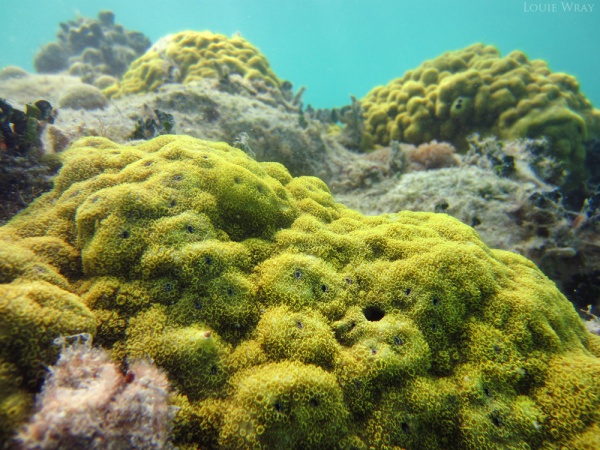Facts About Porites
Porites is a genus of stony coral recognized for its distinctive finger-like shapes, wide-spaced calices, and symmetrical appearance. One of the most well-known species, Porites lutea, often forms structures known as microatolls and provides a habitat for Christmas tree worms. Although these corals are sometimes available for aquariums, they are quite challenging to care for due to their specific requirements.
Porites corals are incredibly valuable in paleoclimatology. They help scientists understand historical sea-surface temperatures and rainfall patterns through the analysis of oxygen isotopes in their skeletons. Ecologically, these corals are widespread, with many species thriving in regions such as the Great Barrier Reef. They also form mutualistic relationships with certain fish species, which can enhance coral growth.
Some Porites species exhibit remarkable resilience, showing high tolerance for changes in salinity and even switching to different feeding modes when environmental conditions shift. By studying the growth rings in their skeletons, much like tree rings, scientists can gain insights into their growth patterns and seasonal variations.
Nevertheless, Porites corals face several threats, including predation, climate change, and pollution. These factors can significantly impede their growth and survival. Juvenile corals, or larvae, are particularly vulnerable, often struggling to settle and survive when faced with competition or extreme weather events.

 Canada
Canada